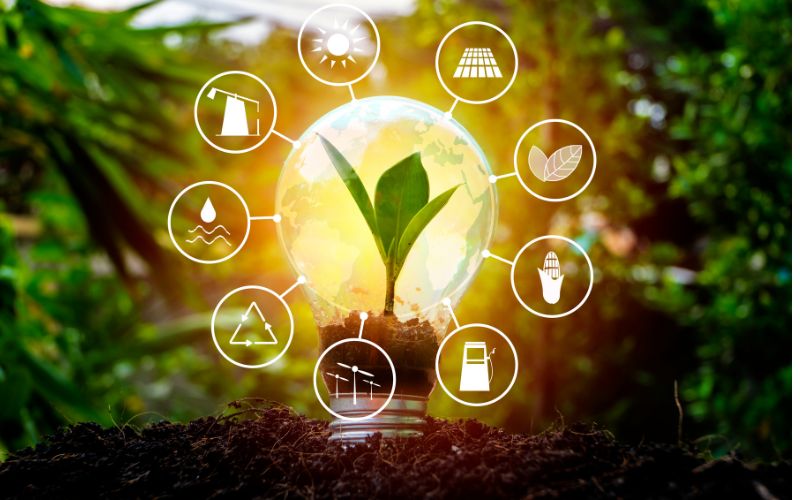As concerns about climate change and environmental sustainability continue to grow, renewable energy has emerged as a key focus in the United States. The shift toward cleaner energy sources is not only essential for reducing greenhouse gas emissions but also offers economic opportunities and energy security. In recent months, the conversation around renewable energy has gained momentum, highlighting its importance in the nation’s energy future.
The Current State of Renewable Energy
According to the U.S. Energy Information Administration (EIA), renewable energy sources, including solar, wind, hydroelectric, and biomass, accounted for approximately 20% of the total electricity generation in the United States in 2022. This marks a significant increase compared to previous years, driven by advancements in technology, decreasing costs, and supportive policies.
Solar and wind energy have seen particularly rapid growth. The cost of solar photovoltaic (PV) systems has decreased by nearly 90% since 2010, making solar energy more accessible to homeowners and businesses alike. Similarly, onshore and offshore wind energy projects have expanded, providing clean power to millions of households across the country.
Environmental and Economic Benefits
Transitioning to renewable energy offers numerous environmental benefits. By reducing reliance on fossil fuels, the U.S. can significantly decrease carbon emissions and combat climate change. According to the International Renewable Energy Agency (IRENA), doubling the share of renewable energy in the global energy mix could help achieve climate goals outlined in the Paris Agreement.
In addition to environmental benefits, the renewable energy sector presents substantial economic opportunities. The growth of clean energy has led to the creation of millions of jobs in manufacturing, installation, and maintenance. The U.S. solar and wind industries alone employ over 300,000 workers, with job opportunities expected to continue rising as the sector expands.
Challenges to Overcome
Despite the progress made in renewable energy adoption, several challenges remain. One of the primary obstacles is the need for improved energy storage solutions. As renewable energy sources like solar and wind are dependent on weather conditions, effective energy storage systems are essential for ensuring a reliable power supply.
Additionally, the existing energy infrastructure must be updated to accommodate the integration of renewable energy sources. Investments in smart grid technology and transmission systems are crucial for enhancing the efficiency and reliability of the energy supply.
Policy Support and Future Prospects
The Biden administration has made significant commitments to advancing renewable energy as part of its climate agenda. The Infrastructure Investment and Jobs Act includes substantial funding for clean energy projects, while the American Jobs Plan aims to create millions of jobs in the renewable sector.
State and local governments are also playing a vital role in promoting renewable energy. Many states have implemented renewable portfolio standards (RPS) that require a certain percentage of electricity to come from renewable sources. These policies incentivize investment in clean energy and drive the transition toward a sustainable energy future.
Conclusion
The growing importance of renewable energy in the United States reflects a broader commitment to sustainability and environmental responsibility. As the nation continues to embrace clean energy solutions, it is essential to address the challenges that remain and invest in the infrastructure needed to support this transition. By prioritizing renewable energy, the U.S. can pave the way for a cleaner, more sustainable future. If you have any questions or would like to learn more about renewable energy initiatives, please feel free to reach out to us.

